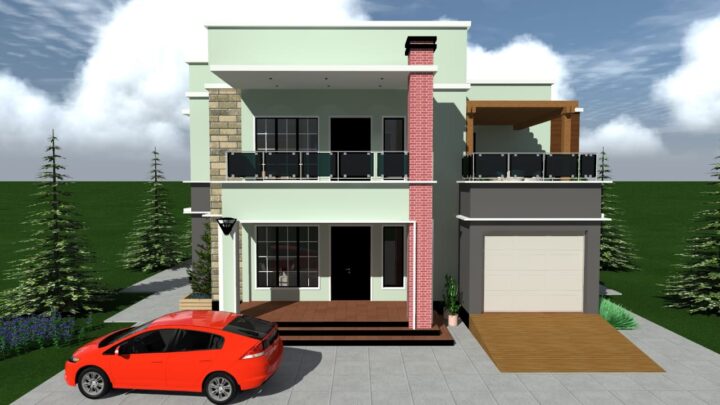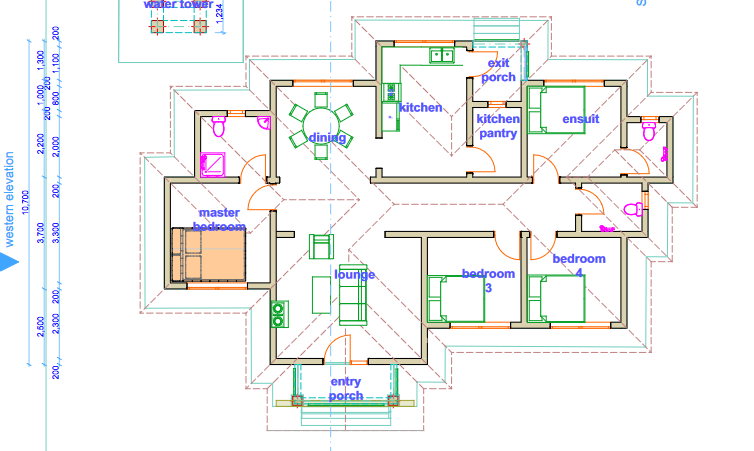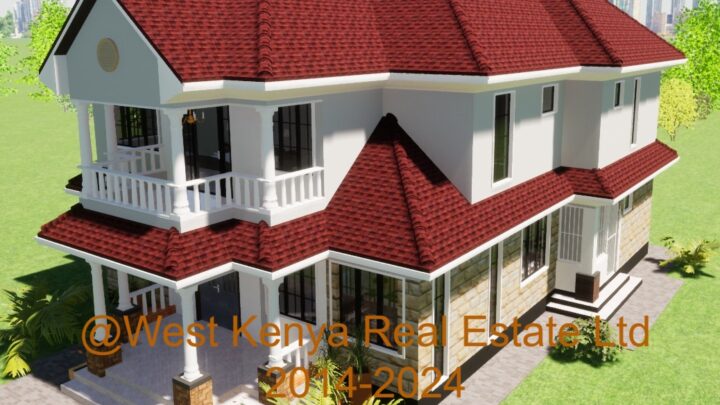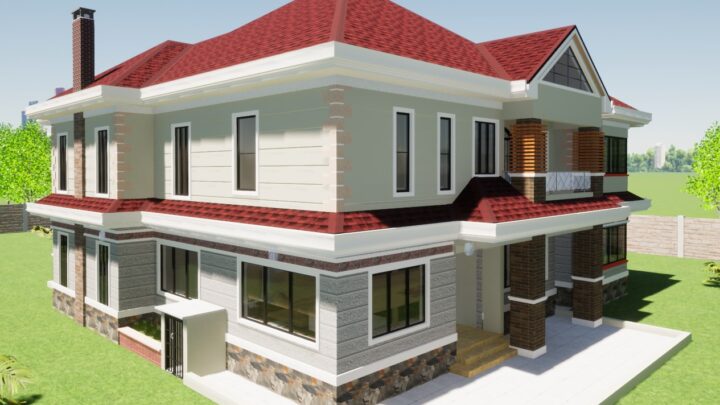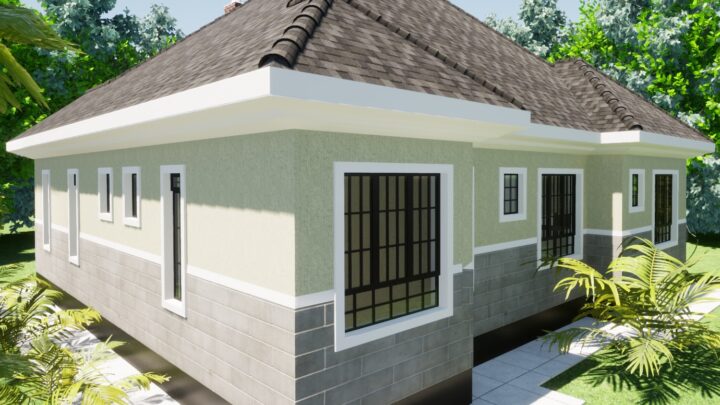Explore Top 3-Bedroom Maisonette Designs in Kenya
Discover top 3-bedroom maisonette designs in Kenya, featuring modern layouts, cost-effective plans, and customisation options. Perfect for urban and suburban living. Why Choose a 3-Bedroom Maisonette in Kenya? A 3-bedroom maisonette in Kenya offers the perfect balance between comfort, functionality, and affordability. Families can enjoy private bedrooms, shared living spaces, and flexible layouts. Urban maisonette…

